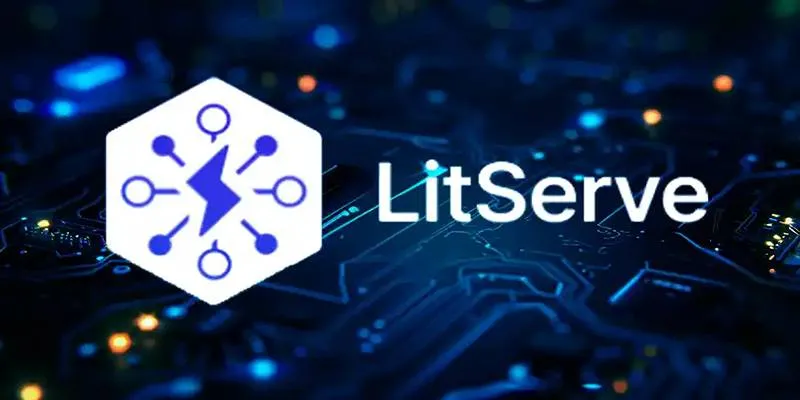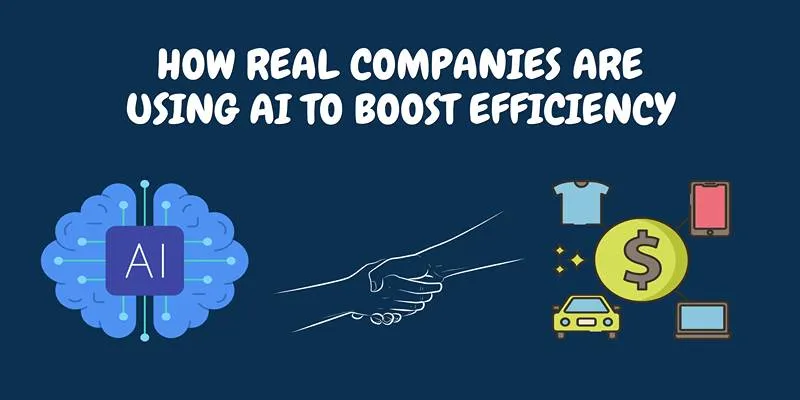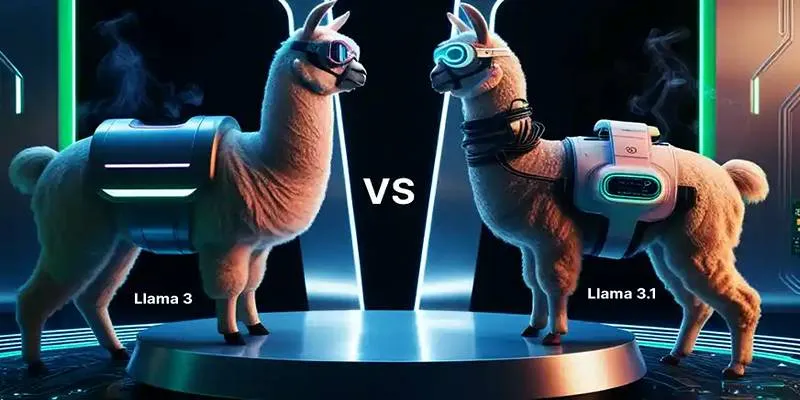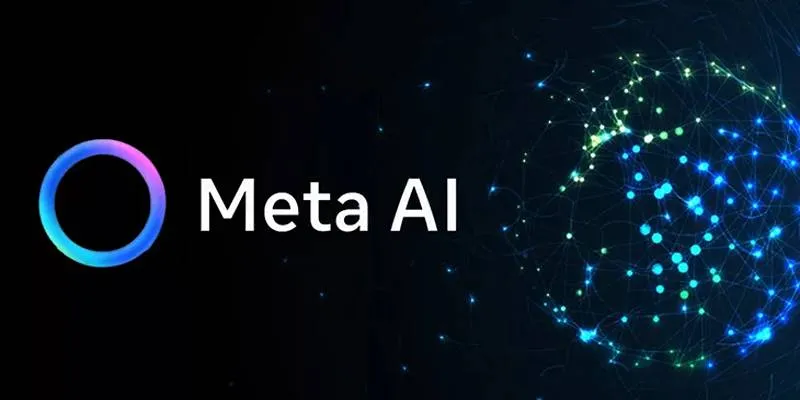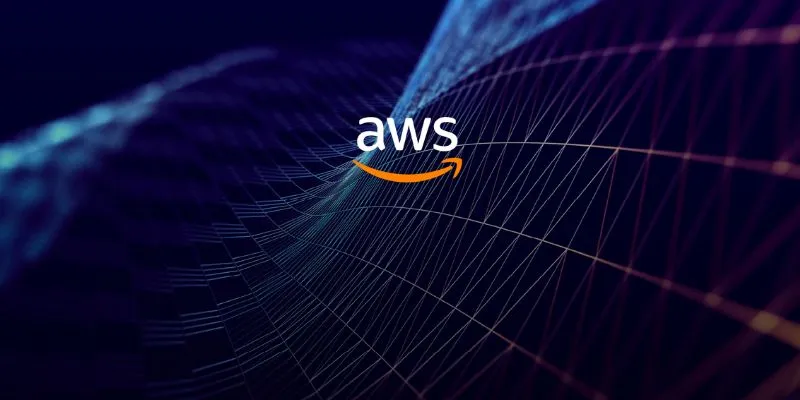Artificial Intelligence (AI) is advancing at an unprecedented rate. While AI has the potential to solve numerous challenges and make our lives more convenient, it also poses significant risks. Some AI models are so powerful that they can cause harm if not properly controlled. To address these concerns, the United States government has initiated a new rulemaking process.
Why the U.S. Is Taking Action on AI
 AI has dual
impacts on society, ranging from positive outcomes to negative consequences.
The U.S. government is keen to monitor the development and deployment of these
systems to ensure public security and national defense.
AI has dual
impacts on society, ranging from positive outcomes to negative consequences.
The U.S. government is keen to monitor the development and deployment of these
systems to ensure public security and national defense.
Growing Concerns About AI
AI technology has rapidly advanced in recent years. Modern models can produce content, create visual media, and automate decision-making beyond human intervention. These capabilities have raised alarms among experts worldwide. AI models pose significant concerns as they can disseminate misinformation, exhibit bias, and create safety risks in various industries.
The U.S. government views the unregulated development of AI systems as a risk that could jeopardize human lives and community safety. Therefore, action is being taken to mitigate these potential dangers.
The Focus on High-Risk Models
Not all AI models carry the same level of risk. Some, like those recommending movies or products, are relatively benign. However, models used in healthcare, finance, law enforcement, or the military can have serious consequences if they fail or behave unpredictably.
The U.S. government is concentrating on these “high-risk” AI models, which have the potential to impact human rights, public safety, and democracy significantly.
What the New Rulemaking Process Involves
The new rulemaking process aims to establish clear guidelines and safeguards for developing and using high-risk AI systems. It emphasizes accountability, transparency, and adherence to ethical standards in AI innovation.
Collecting Public Input
The U.S. government is not creating these rules in isolation. It seeks input from experts, businesses, and the public. A public comment process allows individuals to share their opinions, ideas, and concerns about AI regulation.
This inclusive approach ensures that the resulting rules are intelligent and fair, balancing innovation and safety.
Setting Standards for Developers
A primary goal of the rulemaking process is to develop clear standards for AI developers. These standards might include:
- Testing AI models before release
- Monitoring models post-deployment
- Reporting problems or unexpected behavior
- Protecting sensitive data used by AI
- Ensuring AI systems are explainable and understandable
By adhering to these standards, developers can build safer and more trustworthy AI systems.
Certification and Approval
The U.S. may require certification for specific high-risk AI models. This means companies must obtain government approval before selling or using a risky AI model. Certification could involve testing the AI for safety, fairness, and transparency.
This process would be akin to how new medications or vehicles must pass tests before reaching the public.
Agencies Leading the Effort
Several U.S. government agencies collaborate on this rulemaking process. Key players include:
- The Department of Commerce : Through its National Institute of Standards and Technology (NIST), it is developing standards for trustworthy AI.
- The Federal Trade Commission (FTC) : Focusing on protecting consumers from unfair or deceptive AI practices.
- The White House Office of Science and Technology Policy (OSTP) : Guiding overall national AI strategies.
These agencies will work together to ensure the new rules are robust and effective.
How Developers Are Responding
Developers are rapidly adapting to evolving AI regulations to ensure compliance and foster innovation. By prioritizing transparency and ethics, they aim to align their technologies with the newly proposed standards.
Support from Industry Leaders
Many leading AI companies support the idea of regulation. Some of the biggest names in technology have even called for governmental regulation of AI. They recognize that the misuse of AI could damage public trust and harm the entire industry.
These companies are proactively working to enhance model safety by establishing internal review boards, publishing safety reports, and sharing information about their training data and methods.
Concerns About Innovation
However, some developers worry that excessive regulation could stifle innovation. They argue that AI is still a nascent and rapidly evolving field. Overly strict rules could hinder the emergence of new ideas.
The U.S. government acknowledges these concerns, which is why it is inviting public comments and striving to balance innovation with societal protection.
Key Issues the Rules Will Address
The proposed rules aim to tackle several critical challenges associated with AI development and use. These issues include ensuring ethical practices, protecting data privacy, and mitigating biases in AI systems.
Transparency
One major issue is transparency. AI models should not be black boxes. Developers must explain how their systems work, what data they use, and how they make decisions. Transparency builds trust and allows experts to identify problems early.
Bias and Fairness
AI systems can sometimes reflect or even amplify human biases. For example, an AI hiring tool could unfairly reject candidates based on race, gender, or age. The new rules will likely require developers to test their models for bias and correct any unfair behavior.
Accountability
When an AI system causes harm, who is responsible? The developer, the company using the AI, or someone else? New rules will help clarify accountability so that victims can get justice if something goes wrong.
Security
Powerful AI systems could be targets for hackers or malicious actors. Developers will need to build strong security into their AI models to prevent misuse.
What Happens Next
 The rulemaking
process will take time. First, agencies will gather public input. Then, they
will draft proposed rules, which the public can comment on again. After that,
they will finalize the rules and start enforcing them.
The rulemaking
process will take time. First, agencies will gather public input. Then, they
will draft proposed rules, which the public can comment on again. After that,
they will finalize the rules and start enforcing them.
The first version of the rules may not be perfect. As AI continues to evolve, the government expects to update the regulations over time. This flexible approach will help the U.S. manage AI risks without slowing down progress too much.
Global Impacts
The U.S. is not the only country working on AI regulation. Europe has already proposed the Artificial Intelligence Act, which also focuses on high-risk models. China is setting its own rules too.
By taking a leadership role, the U.S. hopes to shape global standards for AI. American companies operate worldwide, so consistent international rules would make it easier for them to comply and compete.
If the U.S. succeeds, it could set an example for other countries and help ensure that AI development around the world remains safe, ethical, and beneficial to everyone.
Conclusion
AI technology offers huge benefits but also big risks. The U.S. government’s new rulemaking process is an important step to make sure that AI is used responsibly. By focusing on high-risk models, gathering public input, and setting clear standards, the U.S. hopes to protect people while encouraging innovation.
As the rules take shape, developers, businesses, and the public will all need to work together. With smart regulations and strong cooperation, AI can continue to be a powerful tool for good.
 zfn9
zfn9








